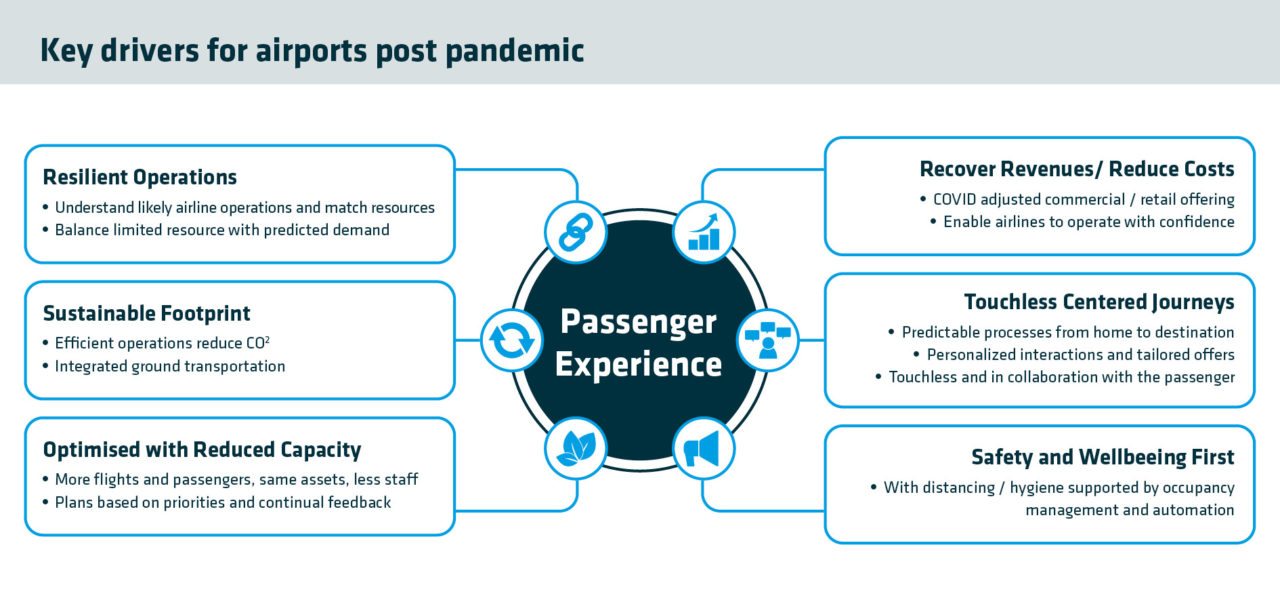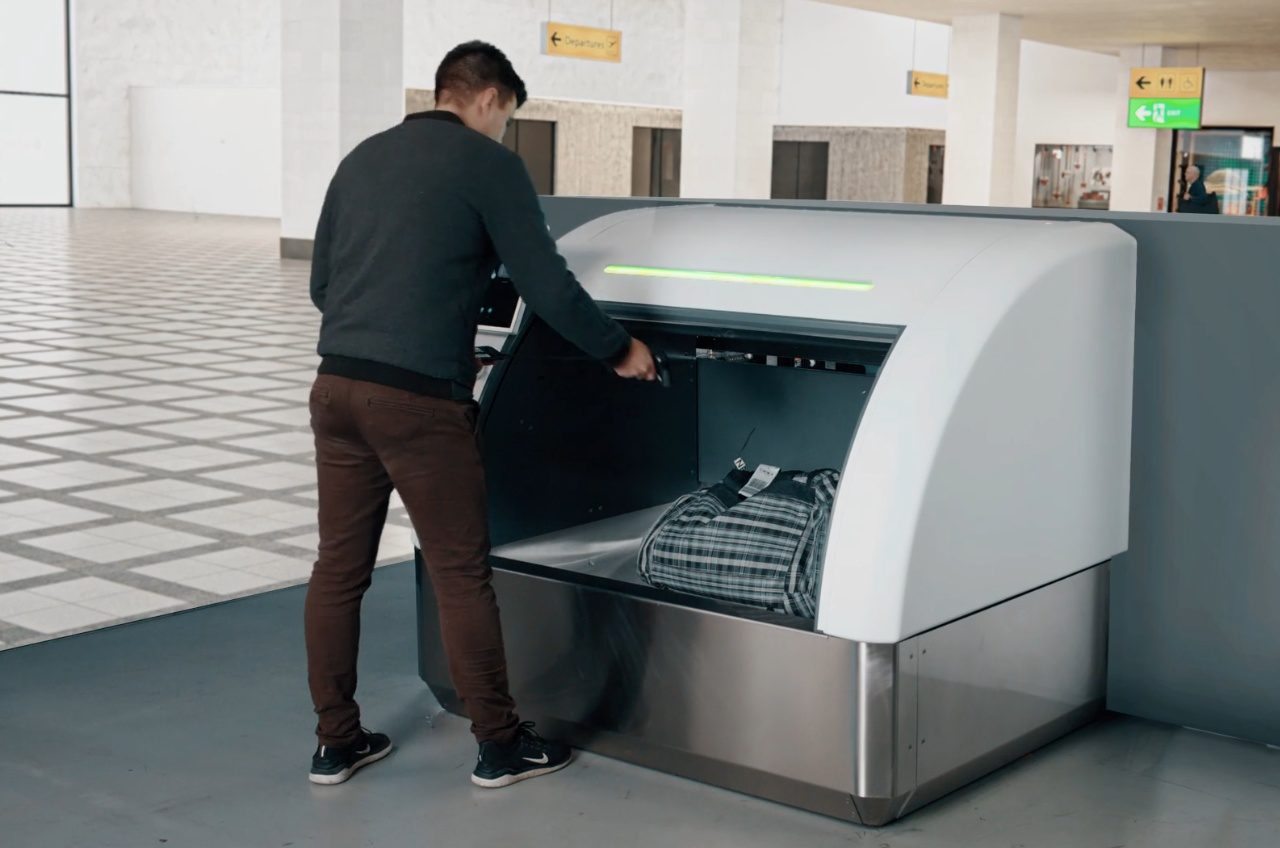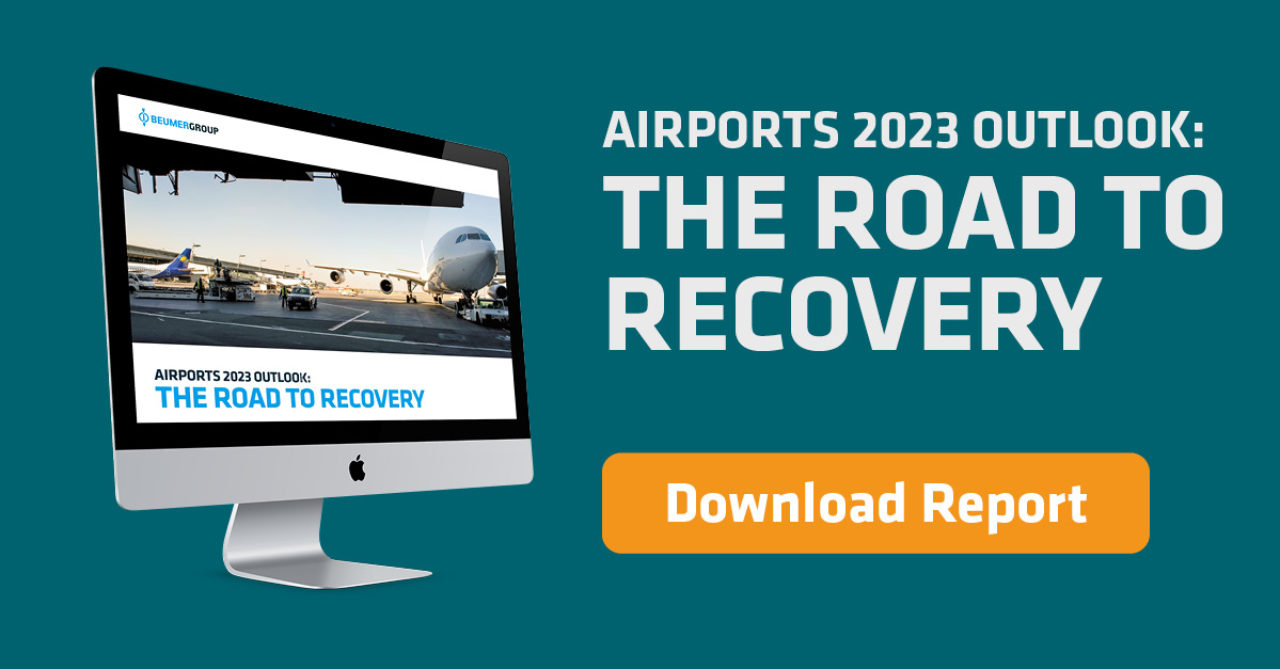Reclaim on demand takes safety on arrival even further
The introduction of reclaim on demand systems will transform the arrival part of the baggage handling process even more, offering safety benefits to passengers, airport personnel and baggage handlers. This automated system lets passengers know through an in-app message they will receive on their mobile phones when and at which self-opening kiosk their bag can be collected. The social distancing of the reclaim on demand can be facilitated by the individual tote-based CrisBag® system, by allowing passengers to follow their luggage throughout the travel journey and avoid crowd congestion in one reclaim location.
The role of dynamic forecasting in enhancing safety in airports after COVID
Over and above, the surest way for airports to make truly safe and accurate planning decisions is through real, up-to-the-minute data. In this “new normal” of many new variables, airports after COVID can no longer rely on experience and historical data to get a sense of passenger behaviour. And this is where dynamic forecasting comes into play.
Dynamic forecasting uses software that takes live scheduling data to create accurate passenger show-up forecasts for each processing point. From here, forecast and capacity plans can be continually updated to account for live situations, such as adjusting resource planning and predicted maintenance requirements. Keflavik Airport in Iceland, for example, has successfully used live forecasting to cope with constantly changing flight schedules.
Equally, this data-driven approach can be applied to baggage handling systems. Machine learning technologies in particular have great potential for airport OPEX savings by providing greater visibility into the operations.
Conclusion
There are a number of ways in which airports can prepare for the post-pandemic world, especially in their baggage flow. Through the use of existing technologies in their baggage handling systems, airports can provide both the safe airport environments that passengers will demand before walking into a terminal and realise the cost savings in OPEX they will need to recover revenue.




